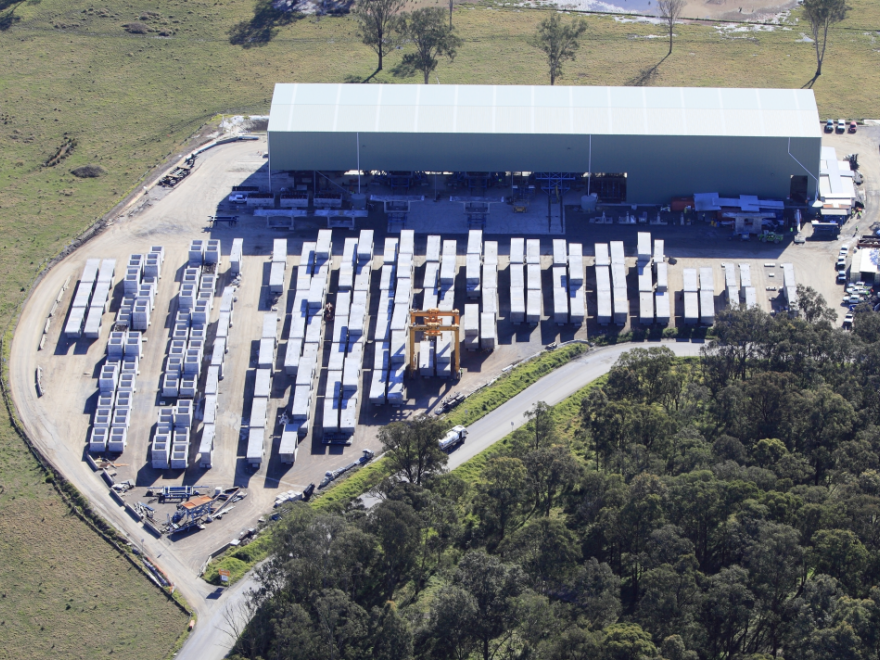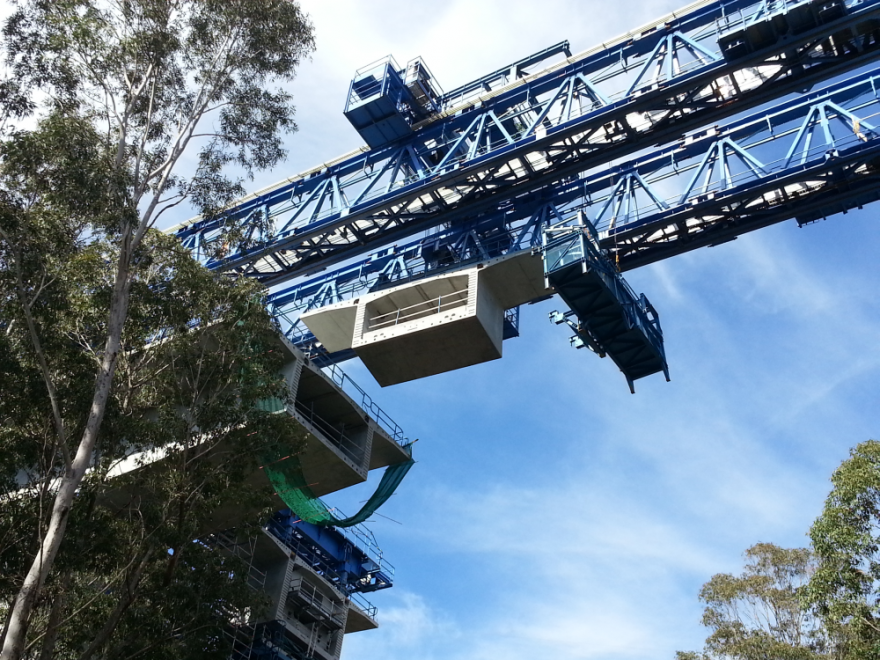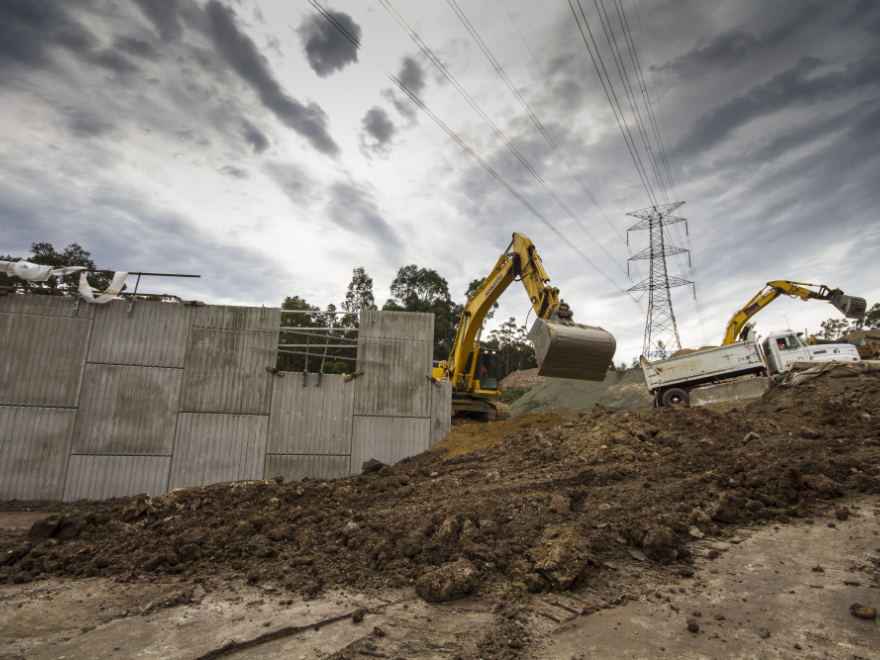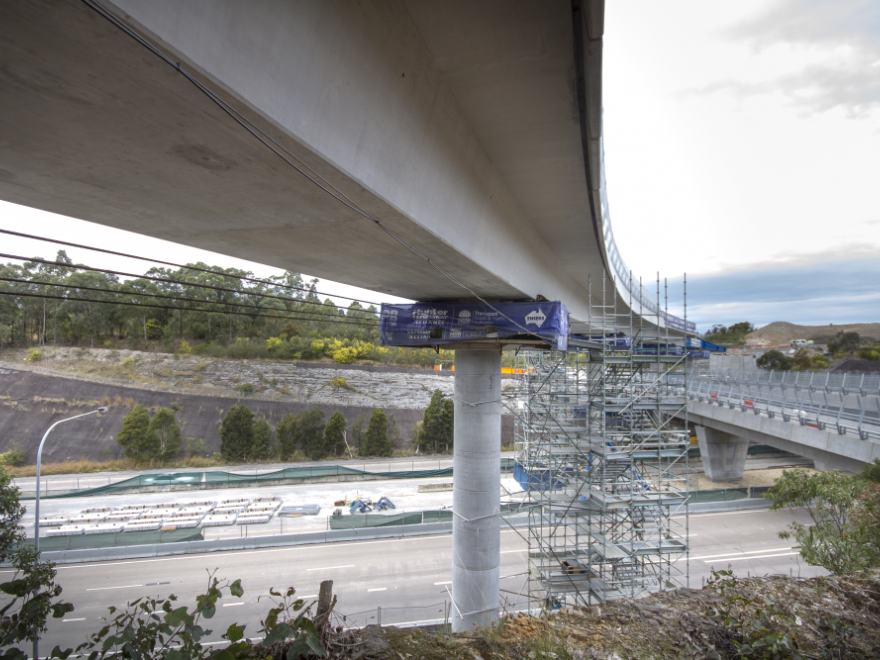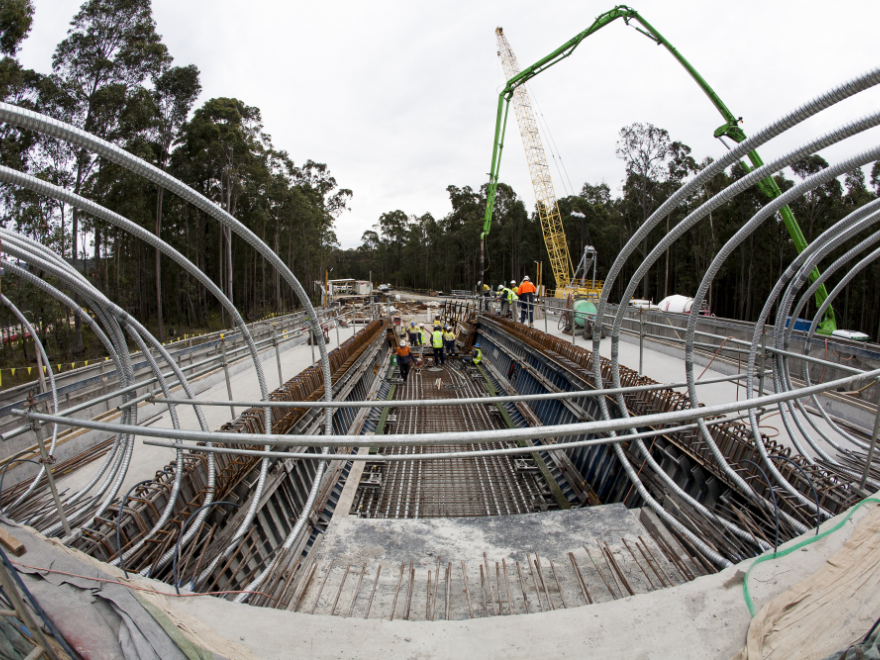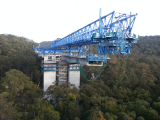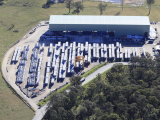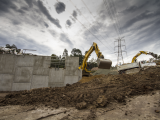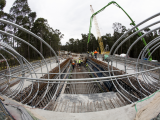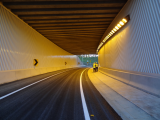The Roads and Maritime Services of NSW (RMS) is constructing a freeway standard link between the F3 Freeway at Seahampton and the New England Highway at Branxton, known as the Hunter Expressway. An alliance was formed with the RMS, Thiess and designers Parsons Brinckerhoff and Hyder (Hunter Expressway Alliance) to design and build the 13 kilometre section of the Hunter Expressway between the F3 and Kurri Kurri. The scope of this Alliance has also recently been varied to include the Shortland to Sandgate Project as a construct only project involving Thiess and the RMS. The Hunter Expressway will provide about 40 kilometres of new dual carriageway, including construction of 28 bridges and two grade separate interchanges. In undertaking the work, the project team has developed and implemented a series of systems to manage the risks on the site including the application of existing safe work systems, the use of the current Thiess Critical Safety Controls (CSCs), safe work procedures or the development of new safe work systems. The bridge works have involved a large gantry crane setup for the placement of the precast pier and bridge sections.
Modifications for the gantry crane were made to include hand rails and hard controls in the majority of areas to reduce fall risks whilst working at heights. At the start of the project there was an Alliance goal to eliminate the use of harnesses as much as practicable and replace them with hard controls such as hand rails. There was a high priority to further reduce the risk by using fall restraint systems rather than a fall arrest system where hard controls couldn’t be implemented. Training for heights rescue was conducted for the site emergency response team and the implementation of the recovery from height - launch gantry safe work procedure. The installation of handrails on precast segments has been incorporated in the design and delivery of the segments before they are transported to site to reduce the risk of working at heights for gantry personnel. The project team were given the directive to "ensure that no worker faces a traffic management risk" following national statistics that indicate a large number of construction workers die each year as a result of traffic or vehicles. Hard controls have also been adopted for the management of traffic and vehicle related risks. Hard controls used on the project for risk mitigation do not rely on administrative actions or PPE; some of these controls are elimination (road closure, traffic diversion), substitution (detour/side track) and engineering (safety barriers, lane closure, vehicle attenuators, portable traffic signals and Lead/Tail vehicles). Higher order controls are selected in preference to reduce the risk to all personnel working around live traffic. In an effort to further reduce traffic management and construction workers exposure to live traffic conditions, the project team have also been trialling Colour VMS's during Sept 2012, which display standard traffic management symbols and signs that comply with AS/NZS 1742. The project team have invested both time and resources to significantly reduce risks to the safety, thus providing an easier and safer working environment for the workers onsite.
Category
Construction (Commercial) » Site Safety- Civil Construction
Price
OPEN PRICE CATEGORY
Year
2012
Company
Thiess Pty Ltd
Project
Hunter Expressway Alliance Project
Suburb
Buchanan
Prize
Winner



